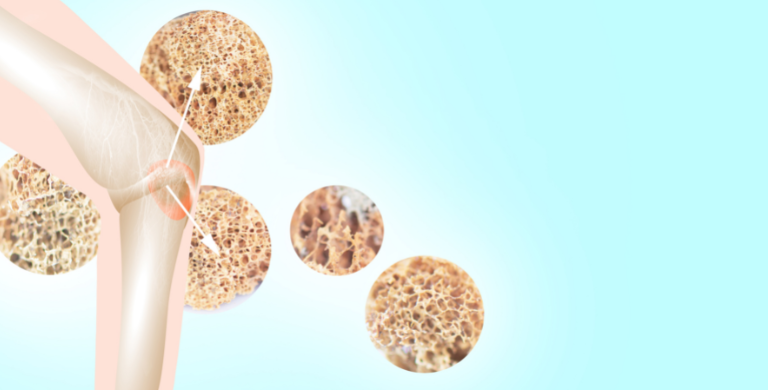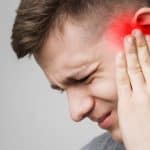Eating a healthy diet and exercising regularly can help slow or stop the loss of bone mass and help prevent fractures. About half of osteoporosis-related repeat fractures can be prevented with appropriate treatment.
What is Osteoporosis?
Osteoporosis is a disease that causes bones to become weak and brittle, to the extent that a fall, or even mild stresses such as bending over or coughing, can cause a fracture. Osteoporosis-related fractures most commonly occur in the hip, wrist, or spine.
What causes Osteoporosis?
A lifelong lack of calcium plays a role in the development of osteoporosis and other factors such as:
- Low estrogen in women – bone loss accelerates after menopause.
- Low testosterone in men.
- Other hormone imbalances such as parathyroid hormone and growth hormone.
- Lack of calcium.
- Lack of Vitamin D.
- A sedentary lifestyle – bones weaken if they aren’t worked.
- Thyroid conditions.
- Smoking.
- Medical conditions.
- Certain medications.
- Too much alcohol.
What are the symptoms of Osteoporosis?
Osteoporosis has no symptoms in the early stages of bone loss; however, once your bones have been weakened, you might have signs and symptoms that include:
- Back pain caused by a fractured or collapsed vertebra.
- Loss of height over time.
- A stooped posture.
- A bone that breaks much more easily than expected.
When to see a doctor?
Consult a doctor if you are experiencing pain, tenderness, or stiffness in one or more joints, swollen joints, limited range of joint motion or stiffness that goes away after movement, difficulty moving a joint or doing common daily activities, and clicking or cracking sound when a joint bends.
Sources
- https://www.mayoclinic.org/diseases-conditions/osteoporosis/symptoms-causes/syc-20351968
- http://www.bonehealthandosteoporosis.org/wp-content/uploads/2015/12/Osteoporosis-Fast-Facts.pdf
- https://www.webmd.com/osteoporosis/features/causes
- https://www.premierhealth.com/your-health/articles/women-wisdom-wellness-/6-signs-it-s-time-to-call-your-doctor-for-an-osteoarthritis-evaluation












